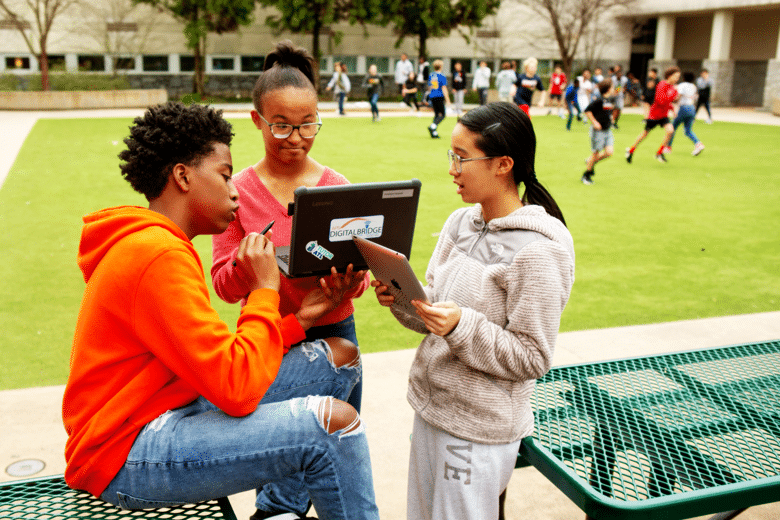What Does Attendance Mean in the COVID-19 Era? New Issue Brief Offers Analysis and Recommendations
Education Domain Blog
Attendance looks dramatically different in the COVID-19 era of remote and online learning, and states are grappling with setting policies that account for what attendance should mean and what it should look like. We’ve responded to multiple requests for technical assistance on this subject with a new offering for the field, Determining Attendance and Alternatives to Seat-Time, an issue brief we released today at our National Policy Forum.
The new issue brief calls on states to allow districts more flexibility in creating attendance policies, especially so that they may focus more on whether students are learning, not just whether they’ve logged in. Specifically, the brief advises using:
- Time on task (can include engagement);
- Participation;
- Evidence of student work; and
- Competency-based attainment with demonstrations of building skills, competencies, and knowledge.
States can ask districts to develop policies to determine attendance based on a regular assessment as to whether a child is progressing on a regular basis toward goals based on:
- contact with teachers, mentors, advisors, and other coordinators in programs;
- completion of assigned work;
- participation in synchronous remote events or meetings; engagement; and other evidence of progress.
Some states are using performance-based attendance measures, which are flexible in measuring attendance outside of the classroom. These measures may include the number of meetings with instructional and support staff, the number of successfully completed assignments or lesson plans, or the amount of time spent actively engaged in a virtual learning environment. Attendance may be measured based on minutes of instruction, time logged in, performance on assessments, competency achievement, demonstration of skills, building academic knowledge, evidence of work, or other factors.
It’s important to note that developing simple counts of student attendance during COVID-19 school closures may be less educationally meaningful than investing in strategies that boost student motivation, thereby increasing engagement—and ultimately learning.
The issue brief contains 10 examples for creating attendance policies from such states as New York, New Hampshire, Minnesota, Oklahoma, and Texas. In addition, it offers policies from four states using seat-time alternatives as one of many policies to advance toward personalized, competency-based education.
Minnesota offers an instructive example. For its online learning initiatives, the state has set standards and guidelines for ensuring attendance is met at an adequate level, and students are making progress in their learning objectives. Students are required to meet weekly progress expectations. Mathematical formulas determine if students have met expectations, as follows:
- 25% overall progress increase each week
- 5% increase each day 5x/week
- Total from all classes
- Log-in time (approximately 20-25 hours of documented time online per week) is secondary but still important.
The policy is complemented with a method to comply with traditional state policy guidance and interventions on truancy and ensure that students learning outside the traditional classroom can benefit from such interventions.
Determining Attendance and Alternatives to Seat-Time, authored by Aurora Institute President & CEO Susan Patrick and Policy Associate Alexis Chambers, is available for download and sharing, here: https://aurora-institute.org/resource/determining-attendance-and-alternatives-to-seat-time/.
